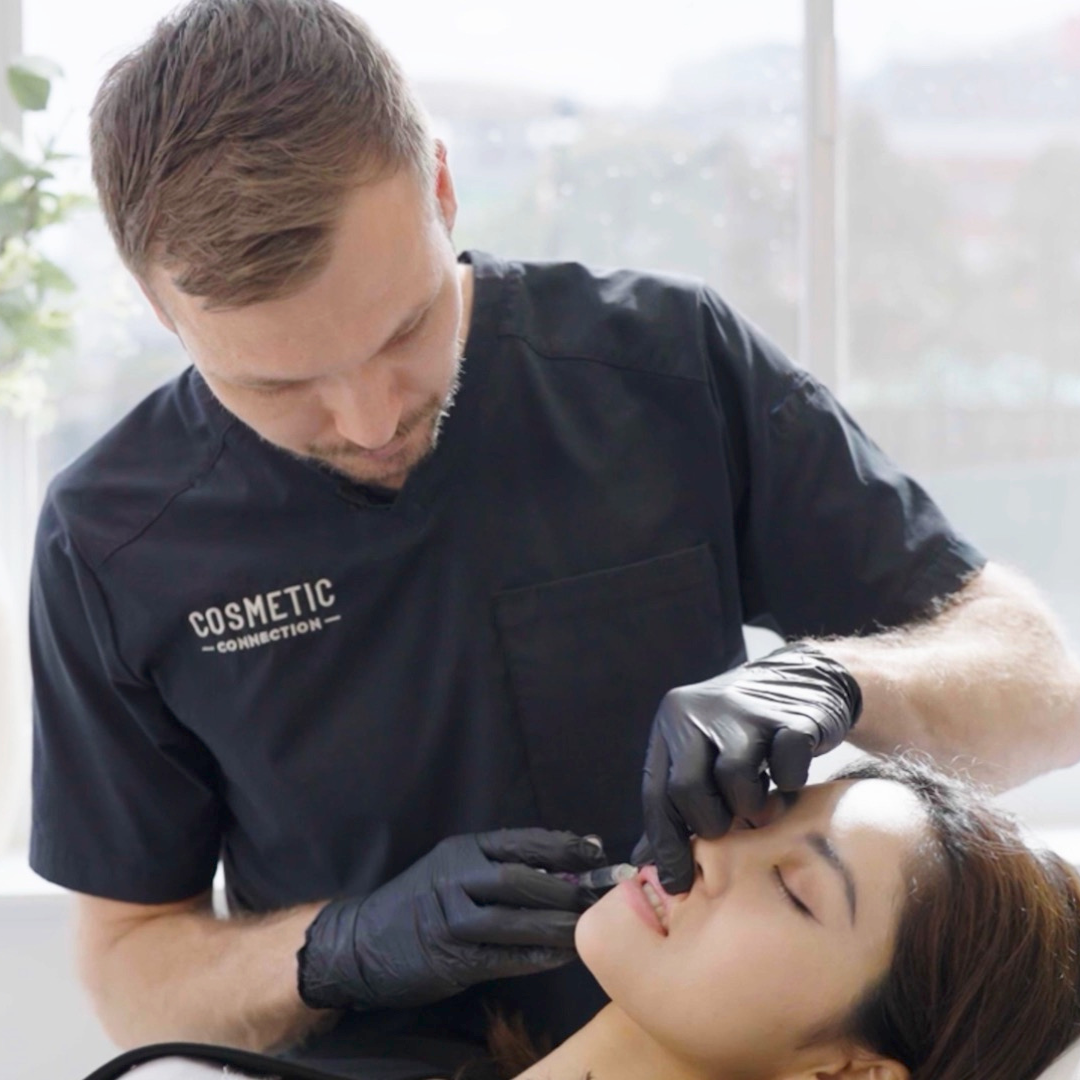Dermal fillers are also known as ‘facial volume treatment’, ‘volume enhancing injections’ and ‘facial volumisers’.
How to Reduce Swelling and Bruising After Dermal Fillers
We use dermal fillers to enhance facial features, reduce wrinkles, and treat ageing. While dermal fillers are safe, it’s common to experience some swelling and bruising. Understanding how to reduce these side effects improves your post-treatment experience. Here, we’ll discuss tips and professional advice to help you reduce swelling and bruising after dermal fillers.
Understanding Swelling and Bruising After Dermal Fillers
Why Swelling Occurs: Swelling after dermal fillers is a normal reaction to the injection. When the needle penetrates your skin, local inflammation occurs to heal the tissue. This inflammation draws fluid to the area which carries healing factors.
Causes of Bruising: Bruising results from damage to blood vessels that occurs during the injection. Once damaged, blood leaks into the surround tissue, giving a bruise. Depending on the severity and location, bruising may last a few days, or a couple of weeks in severe cases.
Pre-Treatment Tips to Reduce Swelling and Bruising
- Avoid Blood Thinners: For one week before your treatment, consider avoiding supplements that thin your blood and increase bruising. This includes over-the-counter pain relievers like aspirin and ibuprofen, as well as supplements like fish oil, vitamin E, and ginkgo biloba. However, do not stop taking medication that is required to treat any medical condition you have. Stopping such medication may exacerbate your medical condition.
- Avoid Alcohol: Alcohol thins your blood, so avoid it for at least 24 hours before your dermal filler. Avoiding alcohol consumption lowers your risk of bruising and swelling.
- Consider Arnica: While the evidence is weak, some people find that Arnica helps to reduce bruising. You can start arnica tablets a few days before your treatment, or apply arnica gel to the treatment area.
- Inform Your Practitioner: Inform your practitioner of your current medical history, and any medications or supplements you’re taking. They can adjust their technique or provide specific pre-treatment instructions to help reduce swelling and bruising.
Post-Treatment Care to Reduce Swelling and Bruising
- Apply Cold Compresses: Applying a cold compress to the treated area immediately after the procedure will reduce swelling and bruising. Use a clean, soft cloth or a gel pack wrapped in a thin towel, and apply it for 10-15 minutes at a time, taking breaks in between. Be careful not to apply too much pressure, as this can disturb the dermal filler.
- Avoid Heat and Exercise: Heat and strenuous exercise increase blood flow to the treated area, worsening swelling and bruising. Avoid hot showers, saunas, steam rooms, and vigorous workouts for at least 24 hours after your dermal fillers.
- Avoid Blood-Thinning Substances where safe: Aavoid blood-thinning substances, including certain supplements, and alcohol, for 24 hours after your dermal filler. This precaution can help reduce the risk of bruising and allow your body to heal more quickly. Do not stop medication that you are taking for a medical condition, as this may exacerbate it.
- Use Arnica or Vitamin K Cream: Applying arnica gel or cream to the treated area can help reduce bruising. Vitamin K cream is another option that may promote faster healing of bruises. Importantly, the evidence for Arnica and Vitamin K cream is weak, but some people still report benefits.
- Avoid Touching the Area: It’s important to avoid massaging, rubbing, or applying pressure to the treated area, as this can worsen swelling and bruising. Ensure you apply makeup and skincare gently for a the first few days after your fillers.
General Strategies for Reducing Swelling and Bruising From Dermal Fillers
Choose an Experienced Practitioner: The skill and experience of your practitioner play a significant role in reducing swelling and bruising. An experienced injector will be familiar with the anatomy of the face, and use more gentle, precise injection techniques. This allows them to avoid blood vessels and reduce trauma to the skin.
When to Seek Professional Help
While swelling and bruising are normal dermal filler side effects, it’s important to know when to seek professional help. If you experience severe pain, significant swelling that doesn’t improve, or signs of infection such as redness, or warmth, contact your doctor. These symptoms could indicate a more serious complication that requires prompt medical attention.
Summary (TL:DR)
Swelling and bruising after dermal fillers are normal and usually resolve in a few days. Following the pre-treatment and post-treatment instructions will reduce swelling and bruising.
The key to a successful treatment is both the skill of your practitioner and how well you care for the treatment area before and after dermal filler. By taking proactive steps and being mindful of the dermal filler after, you’ll speed up the healing process and achieve the best possible results.


